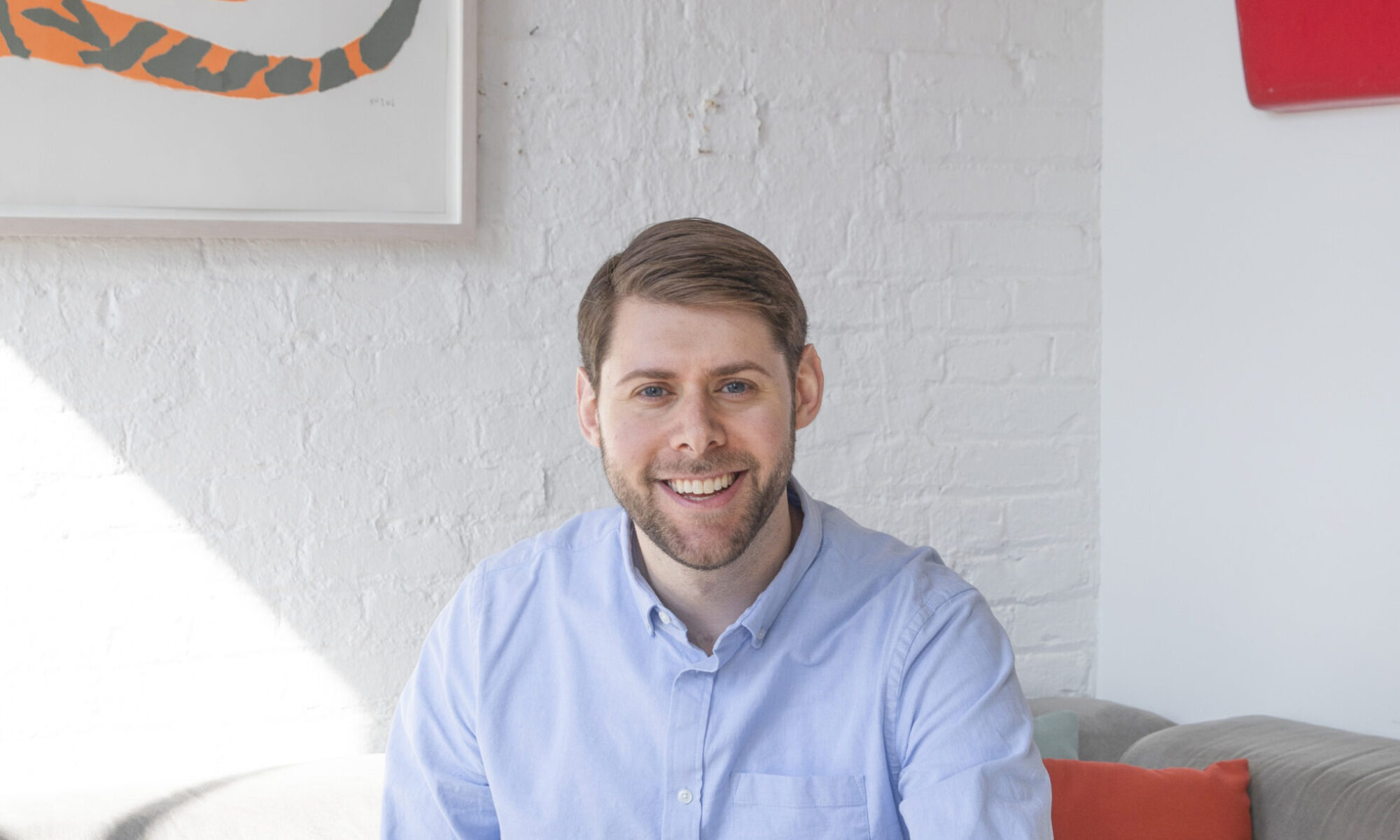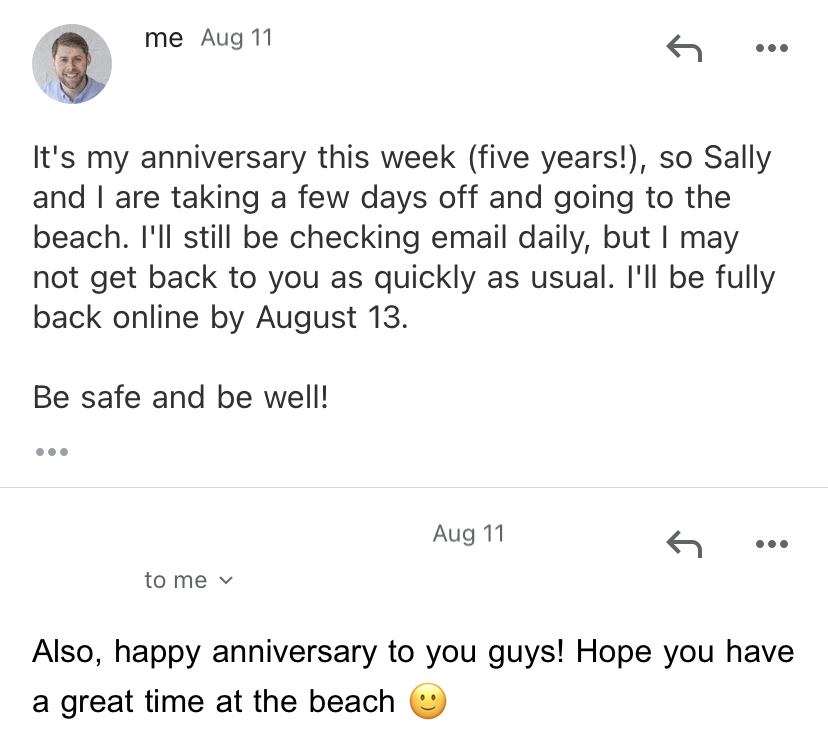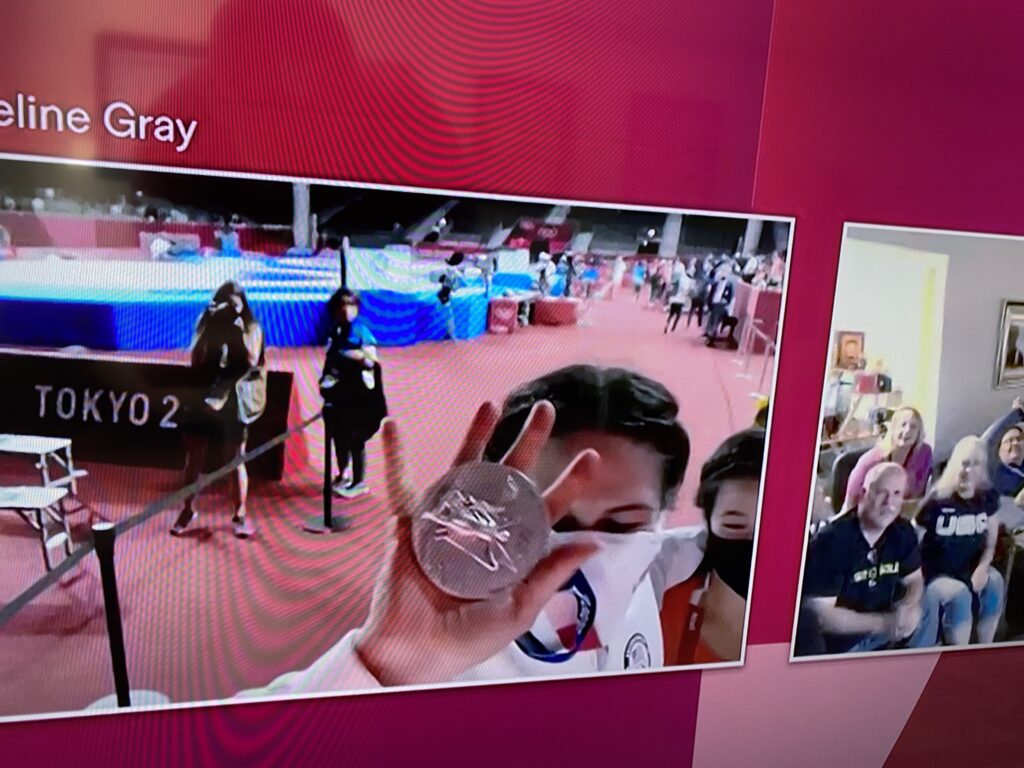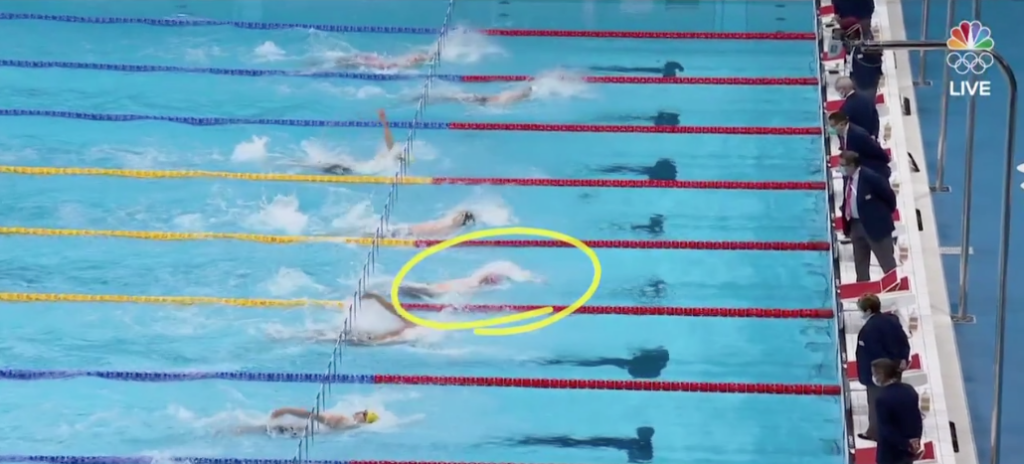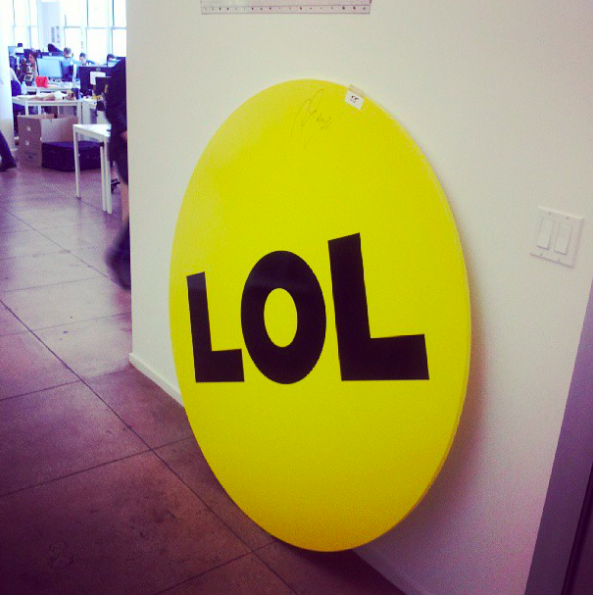
A former BuzzFeed colleague of mine just left a job there for a new role, and we had lunch the other day. She asked me if she should know anything about working at a new job — a real job, where there isn’t a test kitchen and where staff writers don’t wear JNCO jeans as a fashion experiment.
“They’re going to think you have magic beans,” I told her.
She looked at me funny. (And I don’t blame her.) I went on.
“When you leave BuzzFeed for a new company, they’re going to unusually curious about what you’ve learned at BuzzFeed. They might think you know some sort of deep secret of the internet — that someone on the BuzzFeed team, on your first day, gave you the cheat code to unlock all that internet traffic that BuzzFeed gets every day. And they’ll be a little disappointed when they find out that there isn’t a secret to BuzzFeed at all.”
I paused for a second.
“There wasn’t any big secret to BuzzFeed — just a set of lessons that helped us build a platform that readers loved. Remember those lessons: Test out weird ideas. Be willing to look stupid, and be willing to move on when things don’t work. When you get the chance, hire smart, curious people who listen to one another. Make sure you have the tools you need to test out your ideas. Make sure you know what you’re measuring when you do the work.”
She nodded along.
“Just show up and do the work every day,” I reminded her. “I’ll take your work ethic and the lessons you learned from BuzzFeed over a bag of magic beans any day.”
———
That’s a photo of a giant LOL sign that hung at the entrance to the BuzzFeed office on 21st Street in New York.
